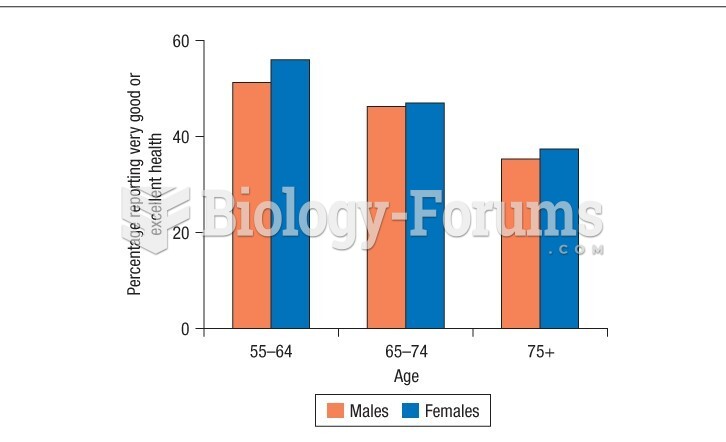Answer to Question 1
Correct Answer: 5
Rationale: The Good Samaritan acts are laws designed to protect health care providers against claims of malpractice in cases of emergency, unless it can be shown that there was a gross departure from the normal standard of care. Giving CPR would be considered a level of care provided by any other reasonable person under similar circumstances. The fact that the client had a DNR order was not apparent at the time of care rendered by the nurse. A nursing student trying to insert an airway is not appropriate, as it would be above the level of care a student is able to do. A nurse should not leave the scene of an emergency until another qualified person takes over. The nurse should have someone else call or go for additional help.
Answer to Question 2
Correct Answer: 4
Rationale 1: The nurse cannot interfere with a woman's right to privacy, which includes control over her own body to the extent that she can abort her fetus.
Rationale 2: The conscience clause states that nurses, as well as other health care personnel, have a right to refuse to participate in abortions.
Rationale 3: Counseling a woman prior to an abortion would not be an appropriate action because the nurse has chosen to work in a hospital where these procedures are done.
Rationale 4: In Roe v. Wade and Doe v. Bolton, the Supreme Court upheld that a woman's right to privacy includes control over her own body to the extent that she can abort her fetus. Although the nurse cannot interfere with this, the conscience clause states that nurses, as well as other health care personnel, have a right to refuse to participate in abortions and hospitals have the right to deny admission to abortion clients.







